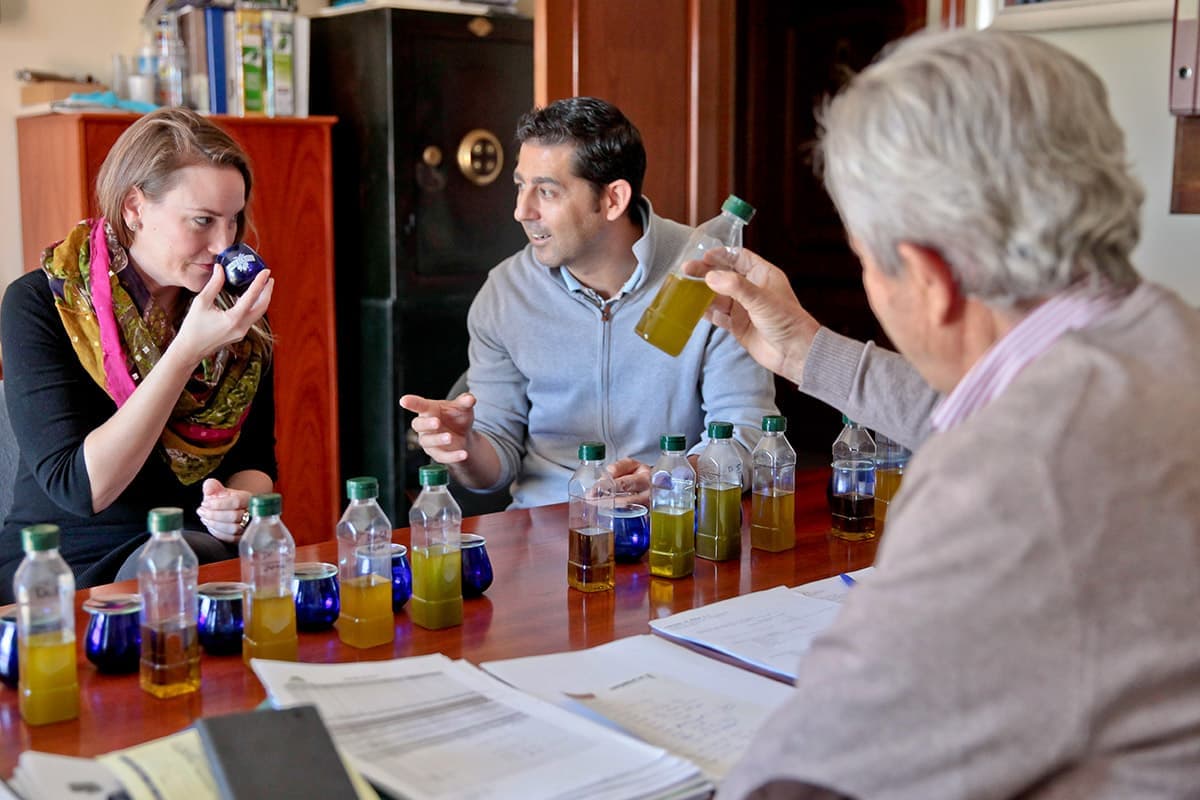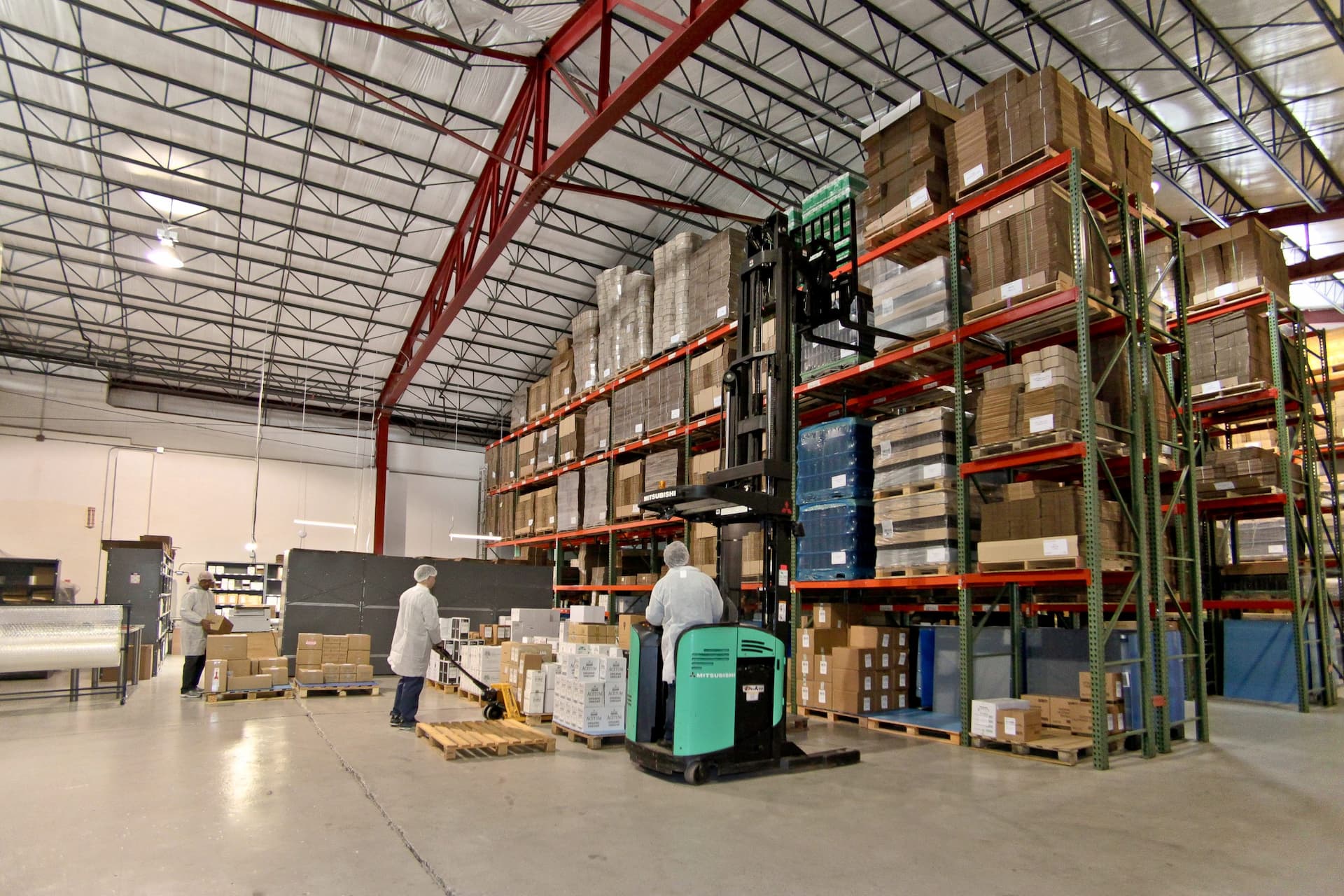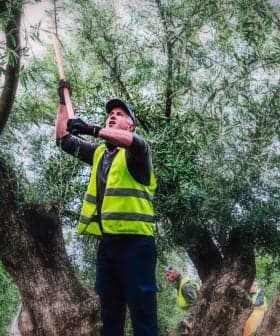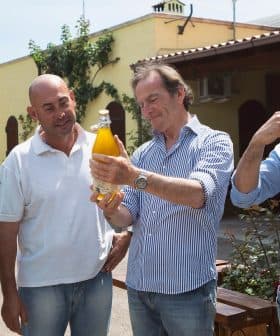How an Olive Oil Lover Found Success in The US Market
After discovering her passion for extra virgin olive oil in Crete, Joanne Lacina built a successful importing and online retail business in the U.S.
 Joanne Lacina
Joanne Lacina  5.9K reads
5.9K readsJoanne Lacina discovered her love for olive oil while teaching in Crete, leading her to found Olive Oil Lovers to bring high-quality olive oils to the U.S. market. Over the years, she has seen a rise in olive oil consumption in the U.S., driven by factors such as health benefits, increased demand for unique flavors, and exposure to diverse olive oils through tourism in the Mediterranean.
Joanne Lacina did not become an olive oil lover until her mid-20s when she experienced an epiphany on Crete.
A few years after finishing university, the Minnesota native decamped to the Mediterranean island home to about one-third of Greek olive oil production.
Launching a brand in the U.S. is a very costly and risky endeavor. It was true then, and it’s true today. That’s just the reality.
“After college, I moved back to Minneapolis and worked for a legal claims processing company,” she told Olive Oil Times. “It was a great company, but I wanted to do more in life than that.”
Lacina took a second job working in a restaurant, and after saving enough money, she signed up to be an English teacher in Crete.
See Also:Reflections on 45 Years Championing Italian Olive Oil in America“It was just a four-week program, but I ended up staying for two years,” she said. “I made some good friends from the program. It’s a beautiful island. Summer was coming. The food was amazing, and I wasn’t in a hurry to leave.”
Lacina soon started working for an olive oil company. “I became very interested in this delicious product that I was eating with every meal,” she said.
The extra virgin olive oil Lacina tasted on the island was a far cry from the mass-market brands her mother kept in the fridge in Minnesota during the 1980s and 1990s.
“That’s all I knew of olive oil, so I was just blown away by the flavor,” she said, adding that the quantities of olive oil used by the Greeks – estimated at 12 kilograms per person annually – also came as a surprise.
Lacina became further entwined in the olive oil business when the company enlisted her to help set up an importing and packaging facility in the United States.
“I was learning a lot about the industry, but I was still very green and wanted to learn more,” she said. “This was just a natural path to continue, to come back to the U.S. and try to bring great olive oil with me.”

Lacina found that distributing olive oil in the U.S. was very different from doing so in Europe.
Lacina returned to the U.S. in 2008 and spent two years setting up the facility, which eventually imported Greek, Spanish and Italian olive oils. “The goal was to package for private labels and have our brands sell at retail and to food service,” she said.
Lacina soon found that distributing olive oil in the U.S. was far different from doing so in Europe. “It was quite a learning curve,” she said. “The U.S. does not operate in the same way as European supermarket chains and distribution channels.”
Lacina quickly found that supermarkets and restaurants were more interested in finding the best price point than differentiating olive oils by their organoleptic profiles.
“Launching a brand in the U.S. is a very costly and risky endeavor,” she said. “It was true then, and it’s true today. That’s just the reality.”
While Lacina was trying to establish the company’s U.S. footprint, she traveled to food shows worldwide, meeting producers and trying their extra virgin olive oils.
“By this point, I knew that the supermarket channel was not going to be the best route for many of these brands, especially smaller companies,” she said. “They have small budgets and expensive operations. These are not cheap everyday oils. They are beautiful, special products, and they cost a bit more.”

Lacina samples freshly-milled extra virgin olive oil with the award-winning Pruneti brothers in Tuscany. (Photo: Joanne Lacina)
Lacina realized that supermarket shelves, where a bottle of high-quality extra virgin olive oil can spend three months before it is purchased, were not the best place to showcase these brands.
At the time, e‑commerce was becoming increasingly commonplace. Lacina and her partners decided to set up a website dedicated to selling olive oil.
“In 2010, this idea came to fruition, so I set forth on a two-year project sourcing oils, going to trade shows, meeting producers that I had come to know, and going on harvest tours in Spain, Greece and Italy,” she said.
By 2012, Lacina founded Olive Oil Lovers. “And here we are nearly fifteen years after the idea came into my head, and, yes, people absolutely buy olive oil online.”
However, bringing olive oil from small-scale, high-quality producers across the Mediterranean to consumers’ doorsteps in the U.S. remains complicated.
By December or January each year, Lacina starts ordering oils using company analytics that show sales trends and product sales histories.
Over the years, she has become adept at identifying trendy producers with strong sales growth and has kept those oils well-stocked for her customers.
“Ordering is always a fun, complex time,” she said. “I spend about one month at the beginning of the harvest season working long hours to order all these products myself. Then I play Tetris, putting together beautiful pallets of all the products I order.”

Lacina stores her imported oils in a dedicated warehouse before shipping them off to individual consumers. (Photo: Joanne Lacina)
These pallets are then gathered in the warehouses of local consolidators in Greece, Italy and Spain before being packed into shipping containers and sent to New York.
Lacina does not worry too much about the extra virgin olive oils being shipped at cool enough temperatures since the Northern Hemisphere’s harvest takes place in the autumn, and the containers navigate the North Atlantic in the winter.
Once the shipping containers arrive in New York, they are sent to the company’s warehouse 20 minutes away and stored in cool, dark conditions year-round until they are purchased by a customer and shipped to their door.
Over the past decade and a half, Lacina has seen a transformation in the olive oil world. Initially, she said it was rare to find companies harvesting olives early to prioritize intense flavors and superior quality over quantity.
Now, the trend has caught on. “Today, there are far too many producers than I could ever represent, but that’s a great thing,” she said.
Along with quality, Lacina has seen a revolution in packaging. She believes that how olive oil is presented is very important to consumers. While packaging must be functional, beautifully labeled bottles help catch consumers’ attention.
In 2023, the United States overtook Spain and became the world’s second-largest olive oil consumer. Lacina said she has seen a change in preference for larger formats as more Americans use more olive oil.
“The bag-in-box is becoming more trendy,” she said. “Our customers appreciate larger formats. They’re more cost-effective. They want a five-liter bag-in-box in the kitchen that keeps the oil fresh. If you go through a lot of oil, it’s a great option.”

Lacina visits producers to see the harvest, milling and storage. (Photo: Joanne Lacina)
In recent years, Lacina has also seen increased demand for olive oil with high levels of polyphenols from consumers and homeopathic medical offices. “A big selling point is, of course, the health factor,” she confirmed.
America’s growing appetite for extra virgin olive oil has also led Lacina to look for new flavors and cultivars to offer her consumers. “As much as I love Picual, Koroneiki and Arbequina, there are a lot of those oils out there,” she said. “I’m looking for something unique.”
Lacina believes the rise in tourism to the Mediterranean over the past few decades has helped increase olive oil consumption back home and exposed consumers to a more diverse range of olive oils.
“They try a really good oil for the first time, and it just opens their mind,” she said. “Then, it’s really hard to return to a generic, cheaper oil that doesn’t taste great. That’s why I think consumption will continue to grow in the U.S.”
While she agrees that the U.S. could soon overtake Italy and become the world’s largest olive oil consumer, Lacina says there is no single trend that U.S. consumers are following. “Customers love all kinds of things,” she said. Everyone’s palate is different.”
Share this article









